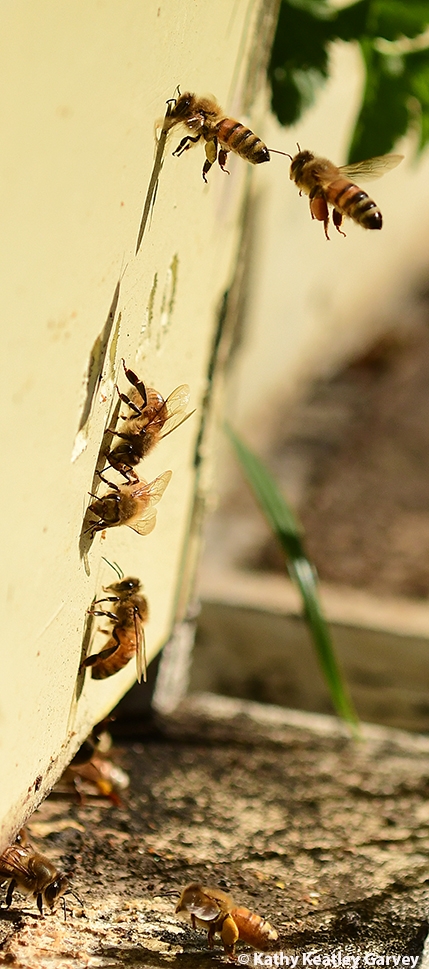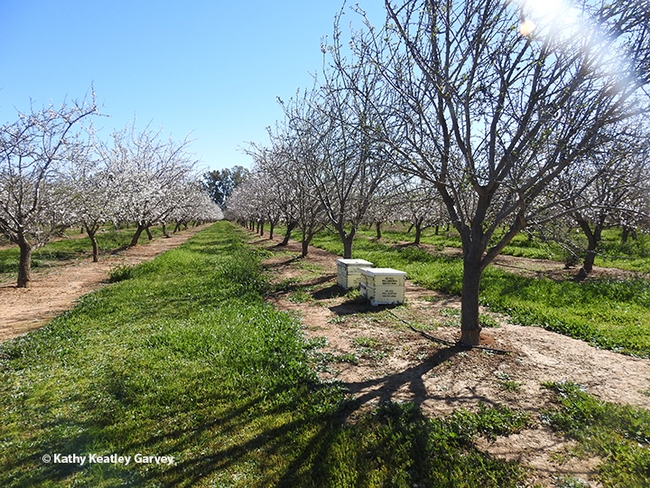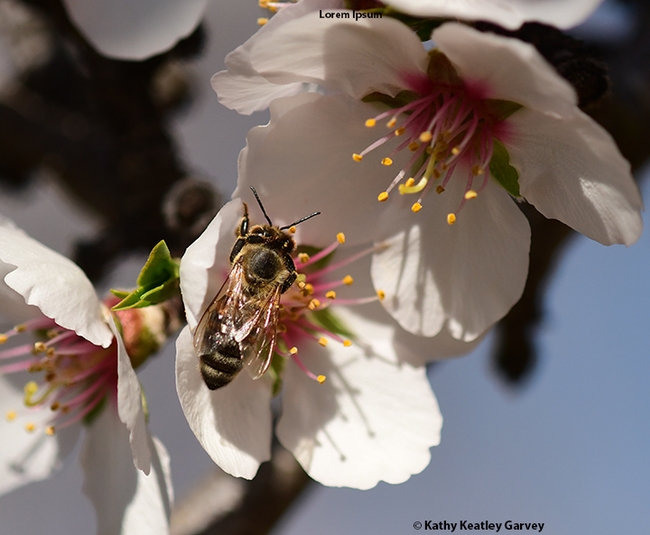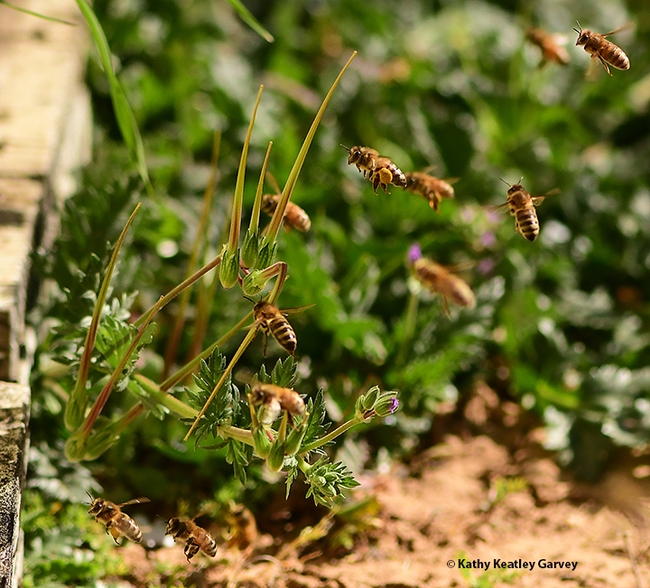
Of course, you go.
Almond pollination season is a delight to see and record. Almonds rank No. 2 among California's most valued agricultural commodities, right behind dairy products.
Sadly, glamour photographers often trespass on private property to take images of high fashion models in evening gowns and high heels, or to pose newly engaged couples and newlyweds. (One professional photographer even lists "40 poses for spring engagement photos in almond orchards.")
Apparently there's money to be made from the hard work of the farmers.
However, those of us born and raised on a farm appreciate the land, crops and farmers more than we do trespassing glamour photographers looking for a backdrop.
Almond pollination season ought to be about almond pollination.
Latest statistics from the U.S.Department of Agriculture's National Agricultural Statistics Services, show that "California's 2020 almond acreage at an estimated 1,600,000 acres, 5.3 percent higher than the 2019 acreage of 1,520,000. Of the total acreage for 2020, 1,250,000 acres were bearing, 5.9 percent above 2019, and 350,000 acres were non-bearing, up 2.9 percent from 2019. Preliminary bearing acreage for 2021 is estimated at 1,330,000 acres."
"Fresno, Kern, Stanislaus, Merced and Madera were the leading counties. These five counties accounted for 73% of the total bearing acreage."
Almond pollination season usually starts around Feb. 14 and ends around mid-March. Growers advocate two hives per acre. But since California doesn't have enough bees to pollinate the almonds, beekeepers truck their bees here from all over the United States. The Almond Board of California points out that "two-thirds of the nation's commercial honey bees hives converge in California."
This year almond growers and beekeepers faced frost ("cold snap"), rain, hail and a myriad of hive thefts. (In addition to trespassing photographers.)
Sadly, on our visit to an isolated Esparto almond orchard on Feb. 16, we not only saw the beginning of the almond pollination season, but the beginning of more work for the land owners--a discarded mattress, tossed potato chip bags, crumbled candy wrappers, broken beer bottles and other trash.
Attached Images:


